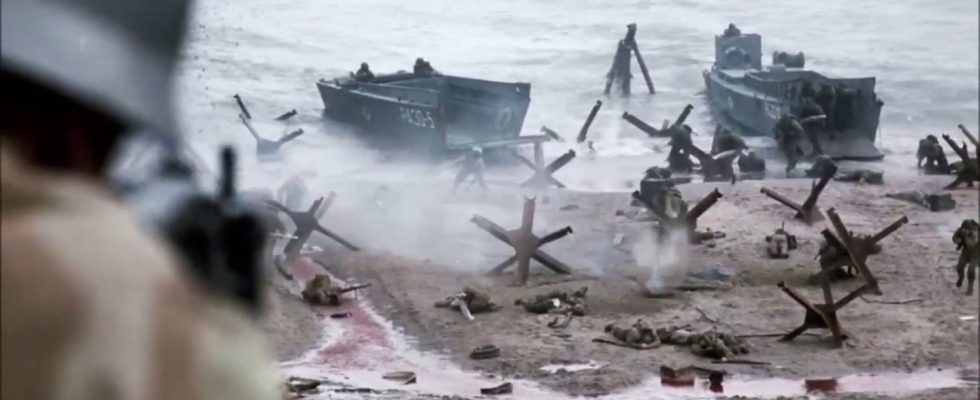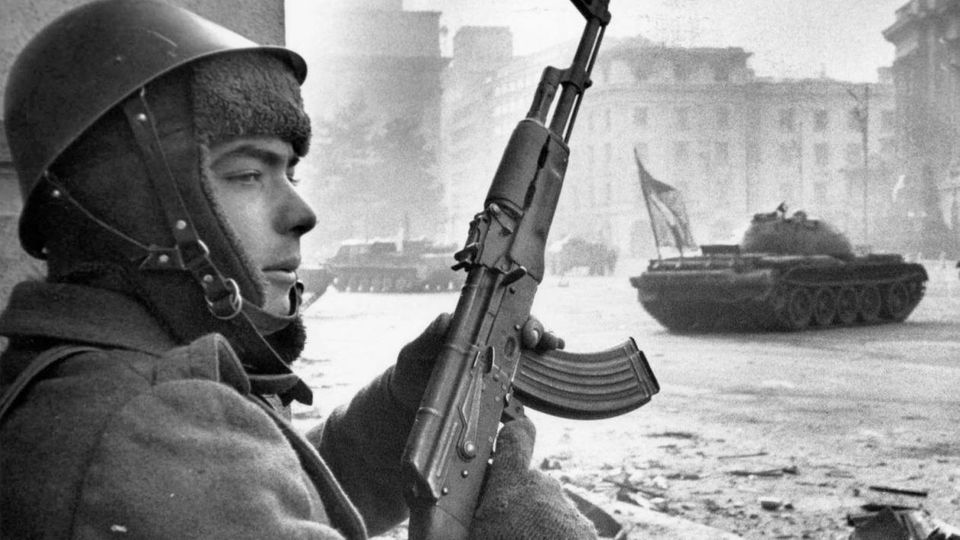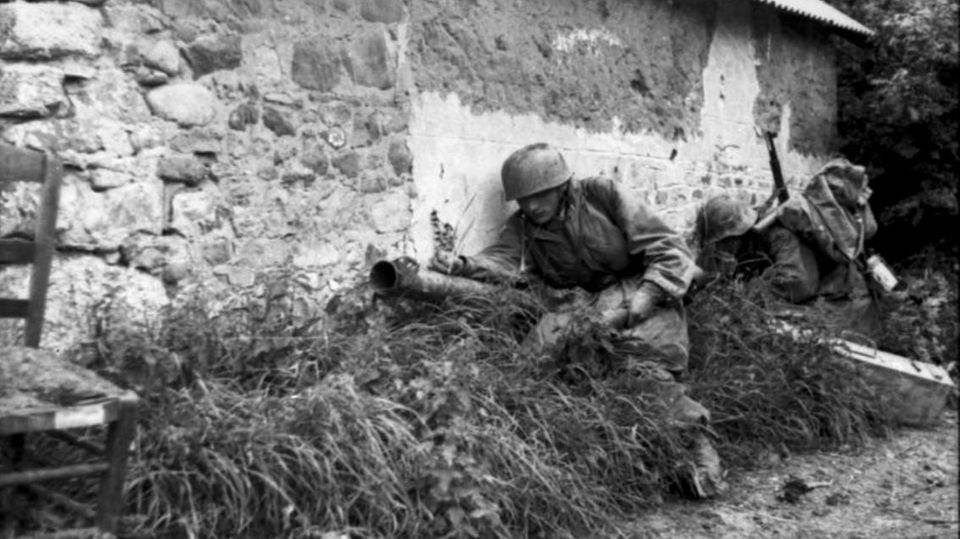Second World War
The MG 42 was called the “Hitler saw” – and was feared by the Allies
Movie scene from “Soldier James Ryan”
© PR
The machine gun was the terror of the Allied soldiers. The MG 42 combined low weight with tremendous firepower. A blast of fire could saw a man in half.
Simple and reliable
And the weapon tolerated tolerances better than the MG 34 – it was therefore less sensitive to temperatures and dirt. The standard 7.92 × 57 mm rifle cartridge was used as ammunition. The ammunition supply was based on the principle of a recoil loader with gas pressure support.
Second World War
MG 42 – the Allies feared the deadly “Hitler saw”
The MG 42 weighed around ten kilograms, so it could be carried by the shooter. A team of two men was usually deployed; the second carried the ammunition and was responsible for feeding the belts. The muzzle velocity was 764 meter seconds and the firing rate was 1200 to 1500 rounds per minute. The barrel could be changed within 20 seconds if it overheated.
High firepower of the MG 42
The machine gun already had a legendary reputation during the war. The high rate of fire results in a specific sound where the individual explosions merge into one sound, like fabric being ripped. Due to the high rate of fire, one burst of fire could cut a man in half. The Germans called the machine gun the “bone saw”, the Allies called it the “Hitler saw” or “Hitler violin”. There was one MG 42 for every squad of around ten soldiers; it was usually used in the center. It gave the group enormous firepower – both in attack and in defense.
The “disadvantage” of the high firepower was the high consumption of ammunition in battle. That’s why other infantrymen also carried ammunition for the machine gun team. The MG 42 was superior to all magazine-equipped machine guns. The British Bren machine gun had a magazine with 30 rounds, which was also not intended to be fully loaded. It also protruded from the top of the weapon. The Soviet DP infantry machine gun had a flat plate magazine loaded with 47 cartridges. The German MG 42 could fire 120 rounds in a belt and changing the belt only took a few seconds. The barrel should be changed after 250 shots – in 20 seconds. A team carries up to six spare barrels, which corresponds to 1,500 shots.
Use for suppression fire
What does that mean? If two groups of infantrymen meet, the Allied machine guns are also deadly, but they cannot hold down the German soldiers. They have to take cover from the hail of bullets from the MG 42 while the other Germans attack them. The combination of this firepower in a light and mobile weapon was unique in World War II.
The machine gunner was the central figure in an infantry group. Their survival depended on his accuracy and cool head. Today we know the MG 42 from films like “Saving Private Ryan”. The American soldiers sit huddled together in their landing craft. Shortly before the Normandy beach, the ramp folds down, but as they try to rush through the water, the troops are met with a hail of bullets. Srrrr – the typical sound of the German MG 42 – the “Hitler saw”.
The Beast of Ohama Beach
The most famous shooter is Hein Severloh. He held off the Allies in Normandy for nine hours, firing more than 12,000 cartridges with his machine gun and 400 with his carbine. A soldier from his division remembered in a TV documentary. “I saw him holding in there. Where the tailgate fell down. There were 45 to 50 men in there. They all got hit, they all fell into the water. They didn’t want to get out of the next boat. I am then left later at three o’clock, only Severloh stayed in longer.”
The MG-42 further development MG 3 – an adaptation to the NATO caliber with “evolutionary” improvements to the design – is still in use with the Bundeswehr today.




